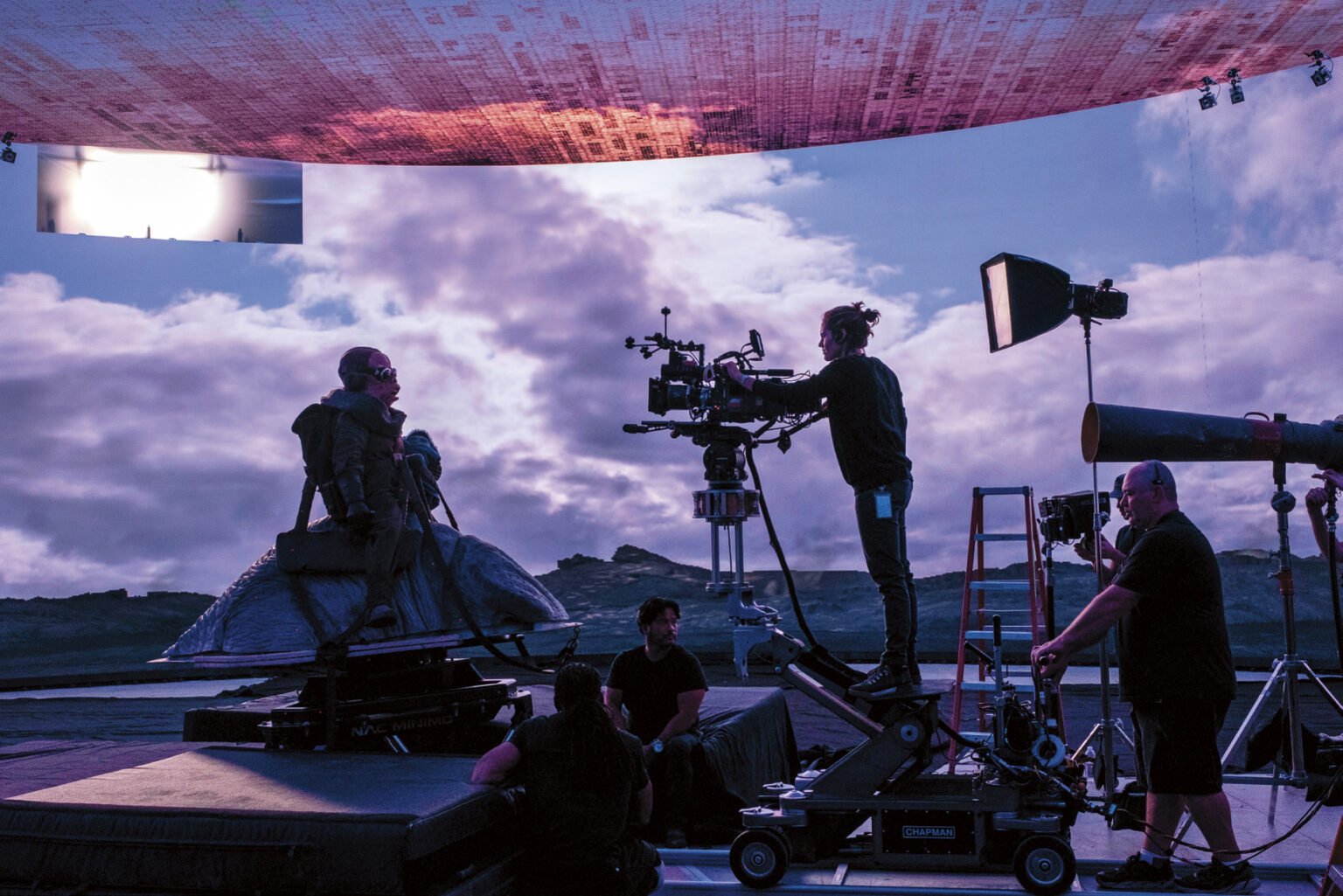
The Influence of Star Wars on Future Filmmaking
Since its debut in 1977, Star Wars has not only captivated audiences around the world but also left an indelible mark on the landscape of filmmaking. George Lucas’s space opera epic brought forth groundbreaking techniques, immersive storytelling, and unforgettable characters that have influenced the future of cinema. The impact of Star Wars extends far beyond its initial release, with its imaginative universe and iconic elements, such as lightsabers, shaping the course of filmmaking for generations to come.
Revolutionizing Special Effects:
One of the most significant contributions of Star Wars to the world of filmmaking lies in its revolutionization of special effects. The franchise’s innovative use of practical and visual effects elevated the standards of cinematic storytelling. Industrial Light & Magic (ILM), the special effects company founded by George Lucas, pioneered advancements in the field, introducing techniques like motion control and computer-generated imagery (CGI) that have become industry staples.
The Spectacle of Lightsabers:
Lightsabers have become synonymous with Star Wars and have played a pivotal role in defining the franchise’s aesthetic and storytelling. These elegant and lethal energy blades have left an indelible mark on audiences’ imagination and influenced the future of filmmaking in several ways.
-
Iconic Visual Design:
The lightsaber’s iconic design, featuring a hilt emitting a vibrant blade, is instantly recognizable and has become a visual benchmark in the realm of science fiction and fantasy films. The sleek and minimalist design has inspired filmmakers to create visually striking weapons and props that captivate audiences and leave a lasting impact.
-
Choreographed Action Sequences:
Star Wars raised the bar for choreographed action sequences, particularly in lightsaber duels. The epic battles between Jedi and Sith showcased the art of combat, blending acrobatics, swordplay, and the use of the Force. These meticulously crafted sequences have set the standard for fight choreography, inspiring filmmakers to push boundaries and deliver visually stunning and emotionally engaging action scenes.
-
Storytelling Symbolism:
Lightsabers are not just weapons; they are storytelling devices. The colors of prexeum lightsaber blades hold symbolic significance, reflecting the wielders’ alignment with the Force. Blue and green blades are associated with Jedi Knights, representing peace and harmony, while red blades signify the dark side and the Sith. This visual symbolism has permeated future films, where colors are used to convey deeper meaning and character development.
Expanding the Boundaries of Filmmaking:
Beyond lightsabers, Star Wars has had a broader impact on the future of filmmaking, inspiring filmmakers to push boundaries and explore new possibilities.
-
World-building and Immersive Universes:
Star Wars created a vast and immersive universe, with detailed worlds, alien species, and intricate histories. The attention to world-building has influenced filmmakers to invest in creating rich and expansive universes that immerse audiences in fantastical realms. The success of franchises like the Marvel Cinematic Universe can be attributed, in part, to the precedent set by Star Wars.
-
Archetypal Characters and Mythic Storytelling:
Star Wars introduced archetypal characters and employed mythic storytelling elements, drawing inspiration from Joseph Campbell’s “Hero’s Journey.” The franchise’s focus on universal themes and relatable characters has resonated with audiences worldwide. Future filmmakers have emulated this approach, crafting narratives that explore the human experience and delve into profound philosophical questions.
-
Legacy and Fan Engagement:
Star Wars is a testament to the power of fan engagement and the enduring legacy of a franchise. The dedicated fanbase has contributed to the longevity and cultural impact of the saga, inspiring filmmakers to prioritize fan interaction and cater to their desires. This level of engagement has resulted in expanded universes, spin-offs, and immersive transmedia experiences, such as television series, books, comics, and video games.
Conclusion:
Star Wars has undeniably shaped the future of filmmaking through its groundbreaking special effects, the iconic spectacle of lightsabers, and the expansion of storytelling possibilities. George Lucas’s visionary creation has set new standards in visual effects, action choreography, and world-building, inspiring generations of filmmakers to push the boundaries of cinematic storytelling. As Star Wars continues to evolve and expand, its influence on future filmmaking will undoubtedly endure, leaving an indelible mark on the galaxy of cinema for years to come.



